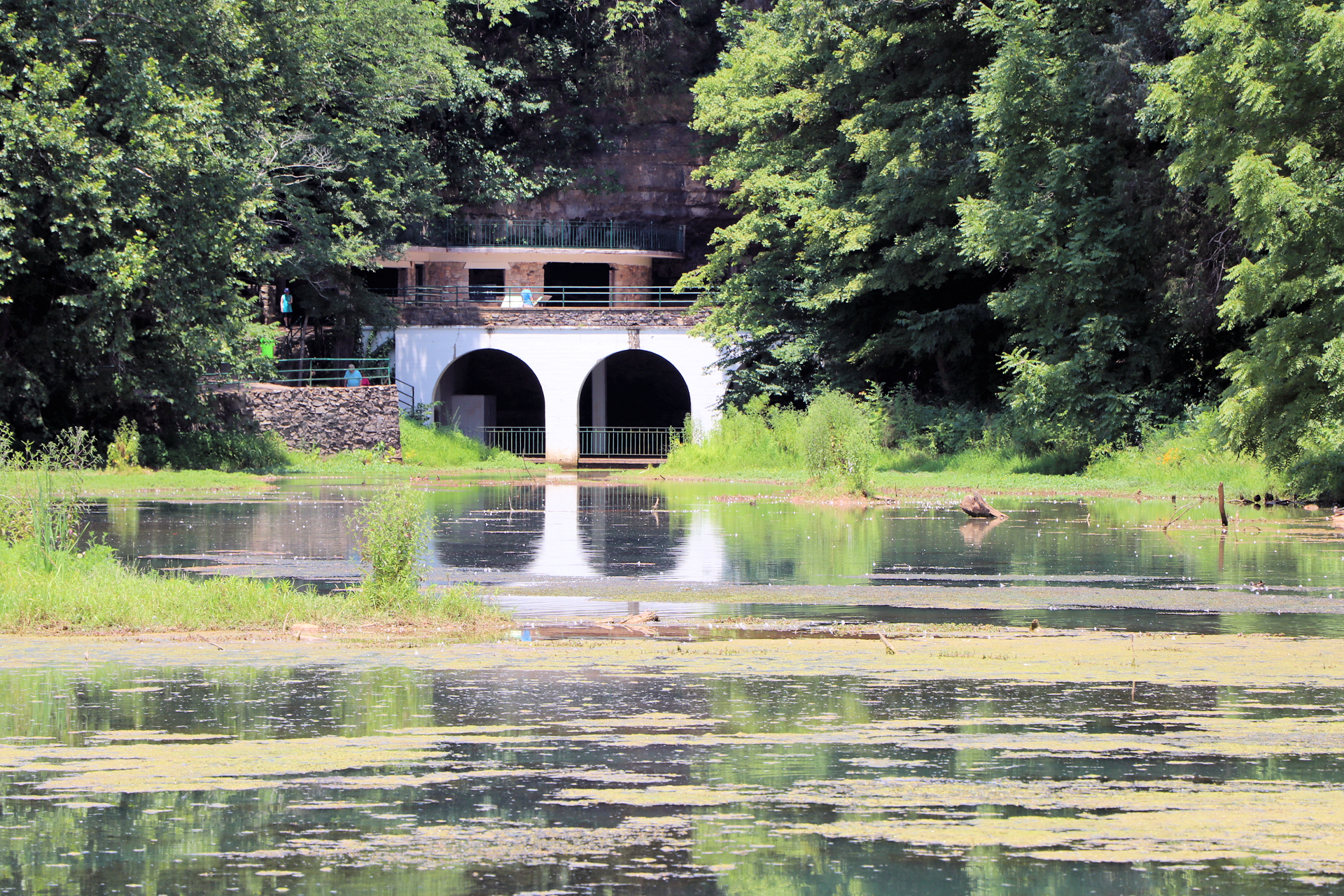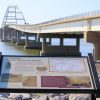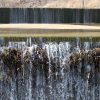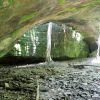When you consider all of today’s technology and with man exploring virtually every part of the world, it’s a surprise when something ancient is discovered for the first time.
An example of such a place exists right in our backyard. Dunbar Cave, which is inside the Dunbar Cave State Park in Clarksville, Tenn., got quite a bit of attention on January 12, 2005 when researchers discovered Native American pictographs and petroglyphs inside the cave.
More than 30 etchings and drawings were discovered by the three-person team (Amy Wallace, Larry E. Matthews and Billy Frank Morrison). These remarkable sketches were traced back to the Mississippian era (sometime between the years 700 and 1300) making them potentially over 1,000 years old.
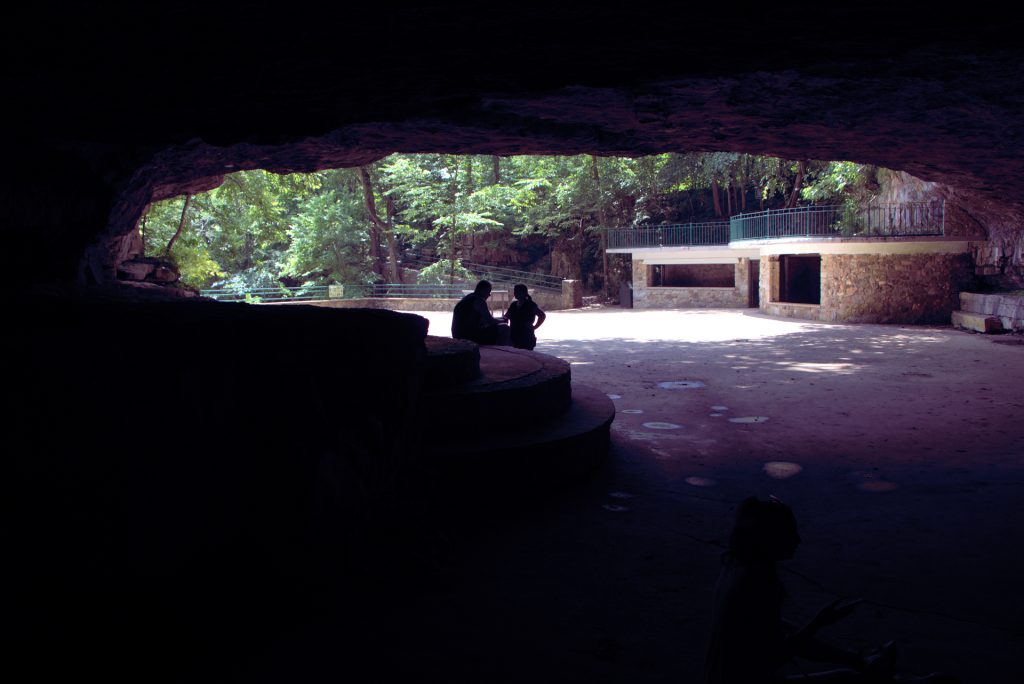
It is believed the pictographs are religious symbols and one perhaps showing a supernatural warrior.
The discovery at Dunbar Cave was quite fascinating, considering modern man has been exploring the eight-mile cave since the 18th century.
Brief History of Dunbar Cave
In 1784, the cave had been claimed by Thomas Dunbar, thus the cave’s namesake. Mr. Dunbar reportedly paid for the land around the cave but never received a deed. In 1790 a land surveyor named Robert Nelsen decided to take the land for himself since a deed was never issued.
A legal battle took place and in 1792 the land was given to Nelsen by the US Government.
Later the cave was used to mine saltpeter during the Mexican-American War (1846-1848). Afterwards developers saw tourism potential in the cave and the nearby Idaho Springs and developed a few retreat cabins around the site in 1858.
Just a few years later a man named J. A. Tate acquired the land and constructed a two-story hotel at the site. By the early 1930s, the cave was a social hotspot – hosting dances, concerts, fairs, and many other types of public gatherings.
With all the use, the area around the cave was in disrepair, so two investors purchased the property and added additional recreation facilities. They also increased the size of the man-made lake near the cave.
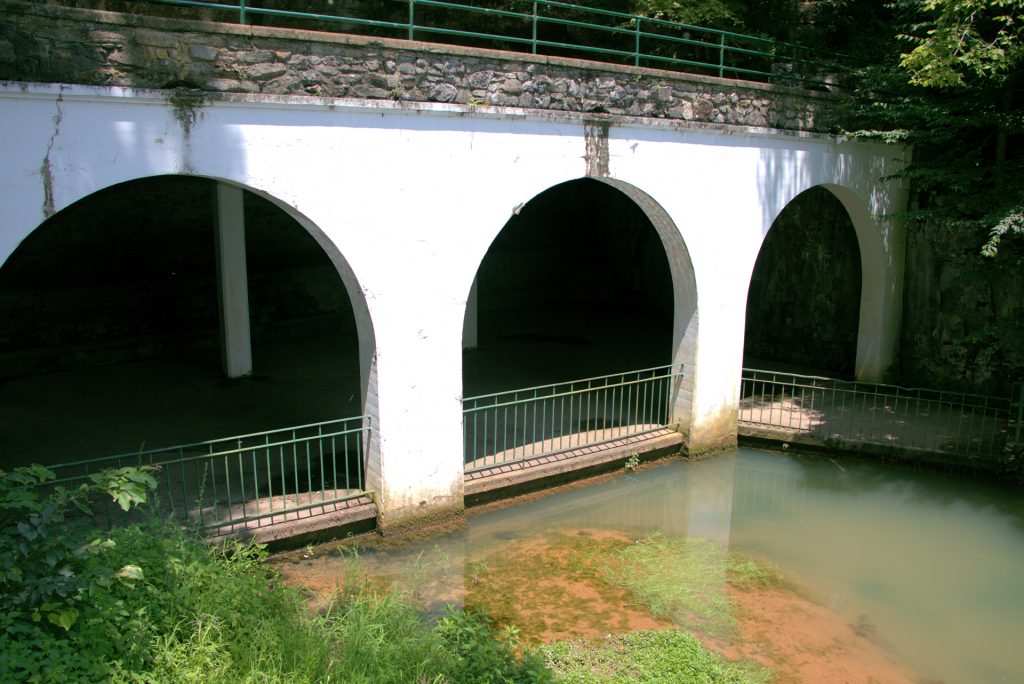
Roy Acuff purchased the property in 1948 for $150,000 (about $1.6 million in today’s dollars). More investment was made with events and additional funds, but eventually interest declined. In 1950, the hotel burned and was not rebuilt.
The property would change hands two more times before becoming a state park. McKay King purchased the cave in 1963 and operated it until his death in 1971. His widow held the property until the State of Tennessee purchased the land and cave and transformed it into a state park in 1973.
In the 1970s a team of archaeologist found some artifacts dating back to 10,000-8000 B.C, further solidifying the need to preserve the history of the cave.
Dunbar Cave Today
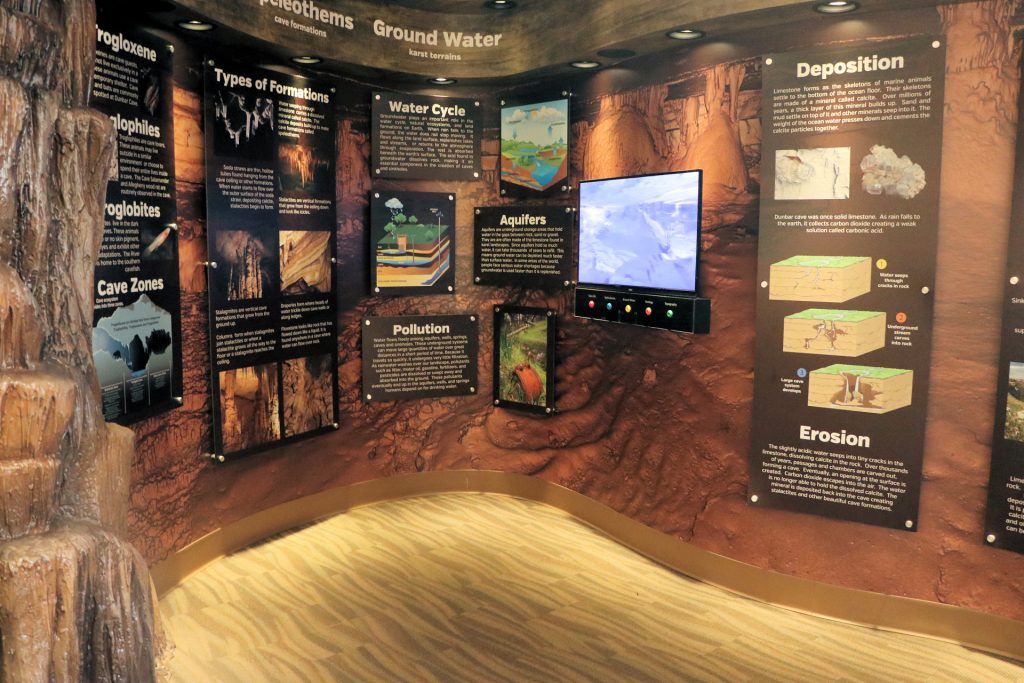
Folks can enjoy the visitor’s center at Dunbar Cave State Park and learn about the history of the location. There are some nice interactive displays and a small museum of relics and other artifacts related to the cave.
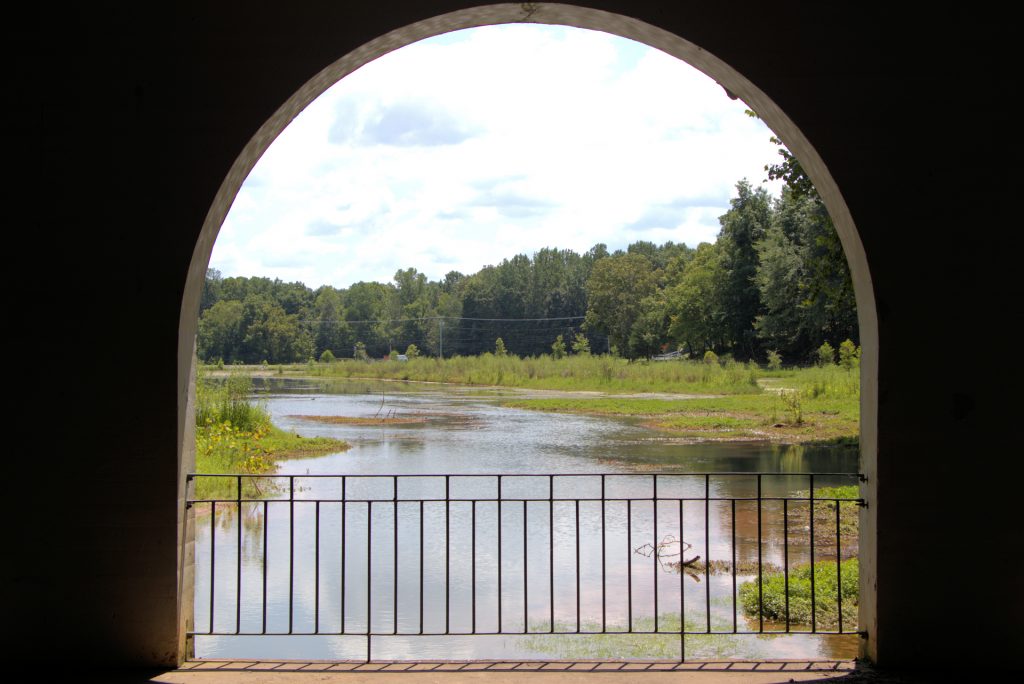
You can explore the trails throughout the 114-acre park and visitors can walk up to the cave and peek inside. The man-made lake has quite a bit of wildlife viewing opportunities as well.
Cave tours are available by reservation only. Only a handful of visitors can enter the cave at once. Reservations can be purchased online during the season.
One thing that interested us when exploring Dunbar Cave State Park was that the cave itself was like a giant air conditioner. We visited on a warm summer day a few months back. Right next to the cave’s entrance, which is barricaded by steel bars, we got cooled off rather quickly with the 50-something degree air blowing around us.
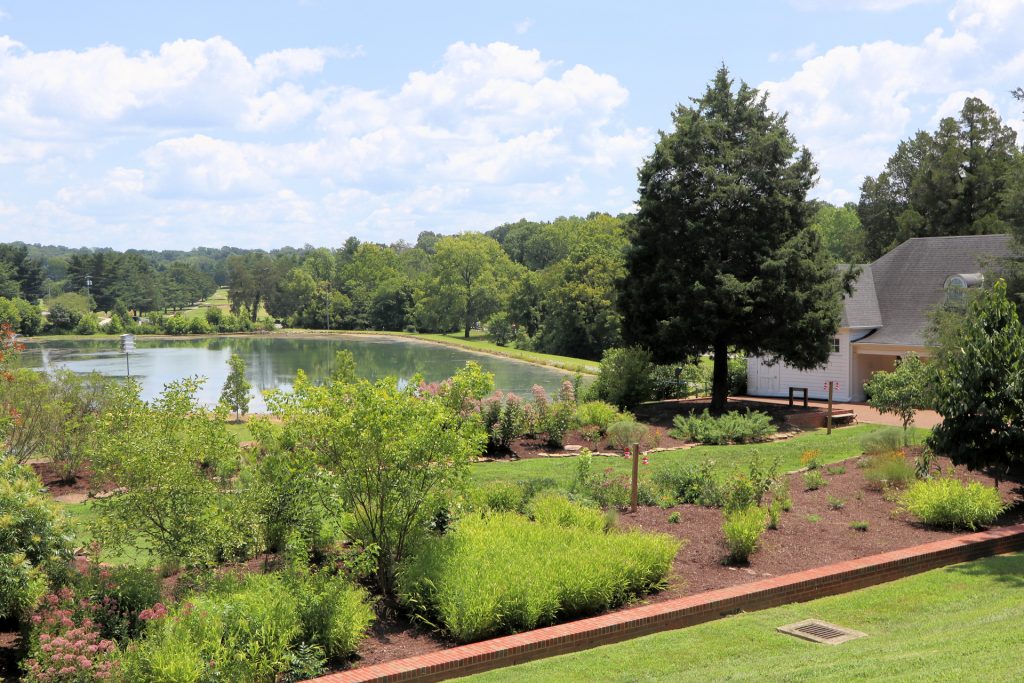
While just about every square mile of this planet has been discovered by man, there are going to be a few surprises on occasion. And just because Dunbar Cave and other natural wonders in the Four Rivers region have been visited by millions of people, you personally might not have experienced them!
That’s what Four Rivers Explorer is all about – to encourage you to get out and explore these great sites for yourself.


